Great article about getting that home project started that you may have been putting off for a while!

Thinking of tackling a remodeling project? Big or small, there are
a few things you need to know first. If the job seems a little too
involved for your skill level, hiring a contractor can save stress and
time. Don Reynolds, owner of Reynolds General Construction, gave us some
tips for hiring one. If the job is something you’re confident you can
handle, Rollie Clarkson, owner of Remodeling Construction, gave some
tips for that, too.
1. Is the job something you can do?
“When you hire a professional, they know how to surgically take
something apart and put it back together,” Reynolds said. Rather than
ripping down a wall and then discovering the plumbing needs to be
rerouted, they’ll assess the possible hurdles before they make a mess.
2. How experienced are you with home projects?
“Be realistic about your skill set,” Clarkson said. “If you have no
tools or experience, you’re setting yourself up for failure.”
If you’re naturally handy and/or have some construction skills , then give it a shot, he said.
3. Consider the age of your home.
“A bathroom remodel in a house that was built in the 1980s can be
finished quickly. If it’s an old house from the 1800s, you’ll probably
have to take it clear down to the studs and redo the wiring and the
walls, which could take close to a month,” Reynolds said. If your home
is old, you’ll have to retrofit trim, windows and more to make
everything fit. Suddenly, replacing the sink in your 1910 Victorian just
got a lot more complicated.
4. Do your homework when hiring a contractor.
Don’t just settle on the first contractor you find. “Get references
from homeowners who have used their services,” Reynolds said. “Ask how
capable their craftsmanship skills were, and how pleased they are with
the results.” If a contractor seems shifty when you meet them, move
on.
5. With painting, it’s all in the preparation. “It
takes more time to prep a room than it does to paint a room,” Clarkson
said. “Tape the woodwork, remove switch plates, patch cracks and holes.”
He added that old popcorn texture on ceilings may crumble to the floor
when you try to paint over it, creating a new mess, and a new project,
since you’ll have to re-texture.
6. Have a well-stocked toolbox.
Clarkson’s suggestions for tools to have: A tape measure, various
screwdrivers, a few different types of pliers, a small pry bar and a
utility knife. He also recommends a small hand saw or circular saw.
7. If it’s not right, make it right.
Stay in touch with your contractor so both parties know exactly how you
want the finished product to look. “Communicate full details of the
remodel,” Reynolds said. “If it’s not to your standards ... ask them to
change it. Don’t give up.”
8. Stick to your budget. A good
contractor should give you options to help you stay within your budget.
Don’t let them talk you into upgrades you can’t afford. “I help my
customers by giving them an allowance for things, like the faucets, for
example. If they choose a model that is more expensive than the
allowance I suggested, I make it clear that money has to be pulled from
another area,” Reynolds said.
9. Take a class. If you want a
small lesson on painting, installing a door, or other small home
projects, many big box home improvement stores offer classes on
Saturdays. “They’ll show you how to set a toilet or paint a room,”
Clarkson said.
10. You can rent what you need. A lot of
big, expensive items can be rented for individual projects, so you don’t
have to shell out the dough for a chainsaw, for example. Clarkson said
to check with local rental or hardware stores to rent items like air
compressors, tall ladders and saws.
11. A contractor can help with small jobs, too.
If you don’t have the time or tools to complete handyman work, like
painting and other small jobs, hiring a contractor could be a good
solution, no matter where you are in the process. “We can pick up
wherever you left off,” Reynolds said.
For more information about Remodeling Hell,
CLICK HERE!
For more information about the Summit Murder Mystery series,
CLICK HERE!
Article source: http://dmjuice.desmoinesregister.com
 Dress appropriately for these
do-it-yourself projects. For instance, wear sturdy clothing, work boots,
and gloves to help protect you as you work. Be sure to wear safety
glasses whenever you use power tools, hammers, or other striking or
cutting tools. If you’re sanding wood or wallboard joint compound, wear a
dust mask to avoid breathing the dust and fibers. If you’re working
with hazardous chemicals and materials, a certified respirator is a
must.
Dress appropriately for these
do-it-yourself projects. For instance, wear sturdy clothing, work boots,
and gloves to help protect you as you work. Be sure to wear safety
glasses whenever you use power tools, hammers, or other striking or
cutting tools. If you’re sanding wood or wallboard joint compound, wear a
dust mask to avoid breathing the dust and fibers. If you’re working
with hazardous chemicals and materials, a certified respirator is a
must.





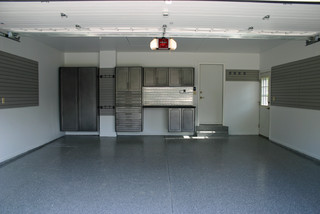




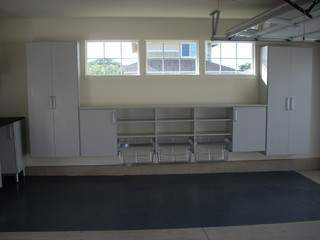
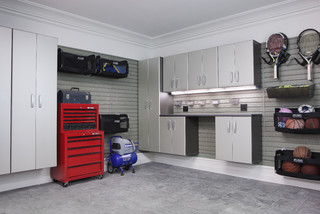

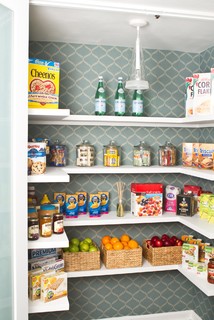
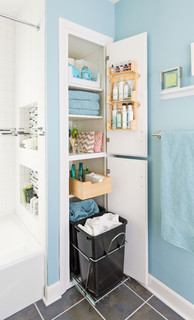
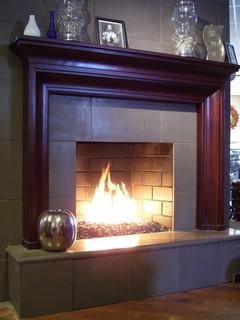
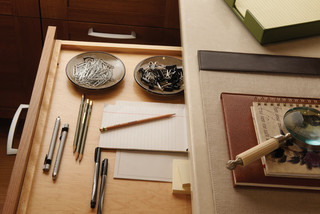
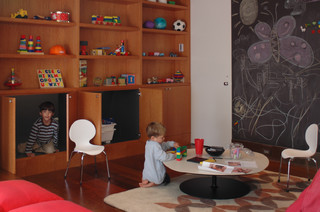
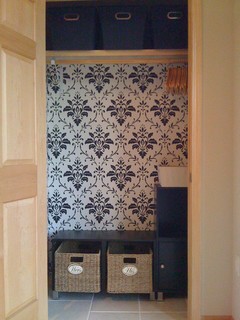
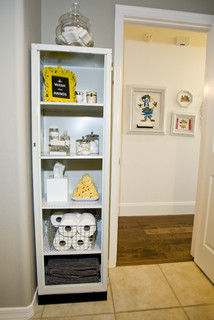
 without having to dig through piles of old lotion bottles.
without having to dig through piles of old lotion bottles.


